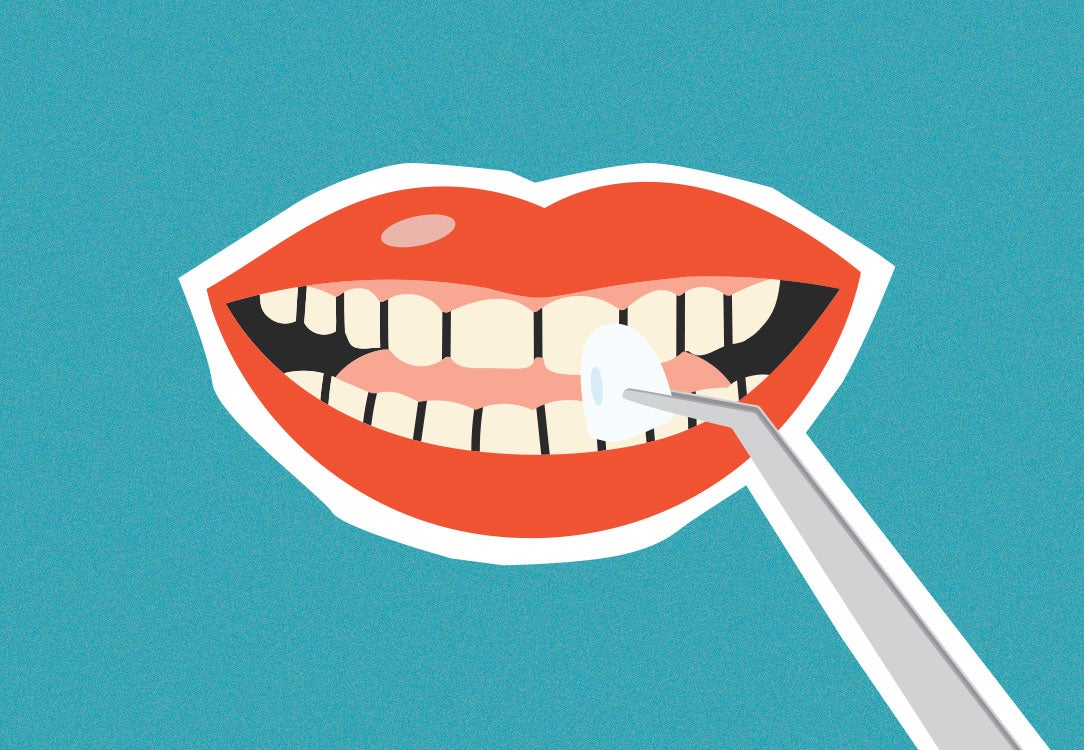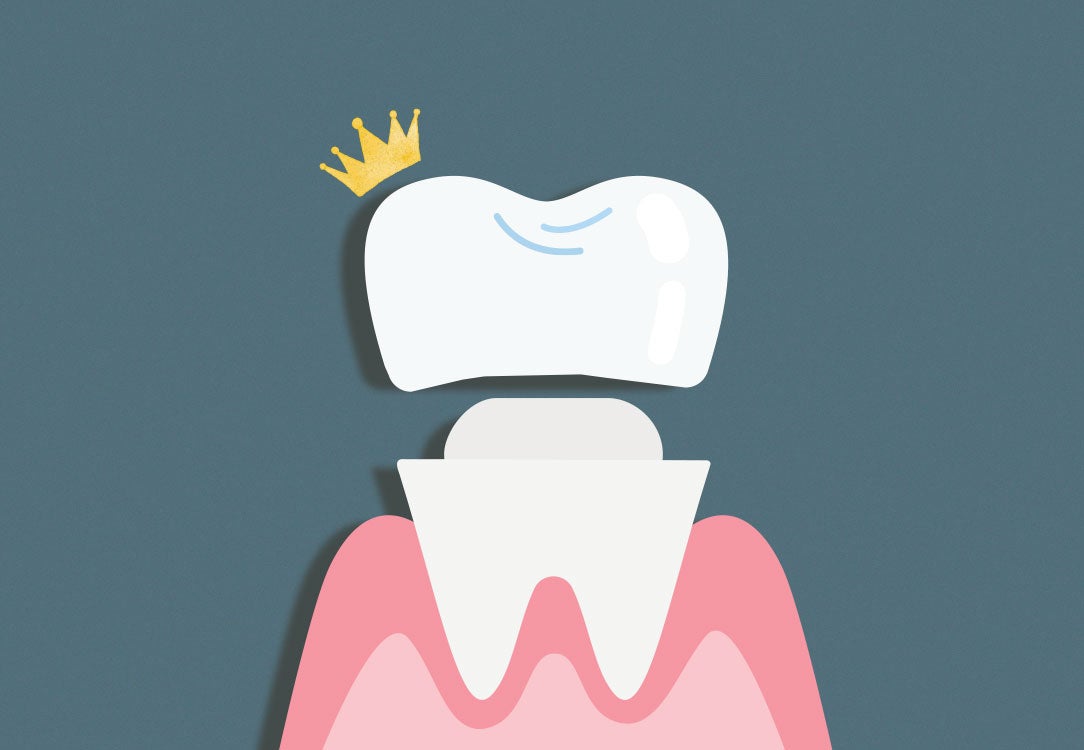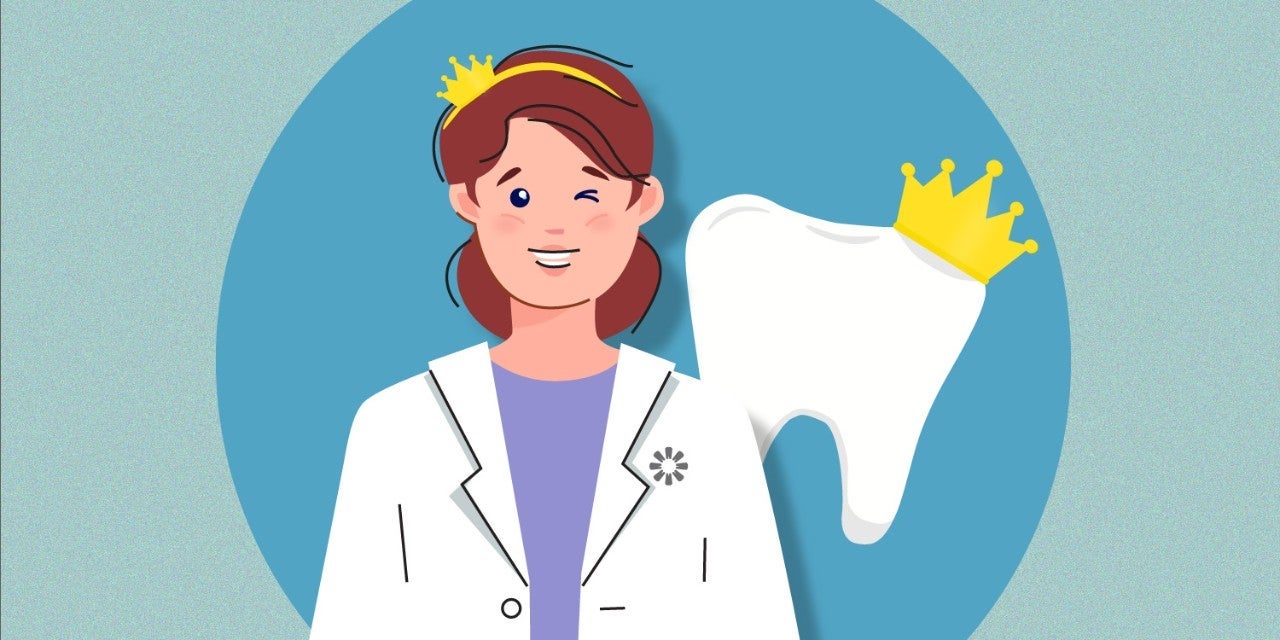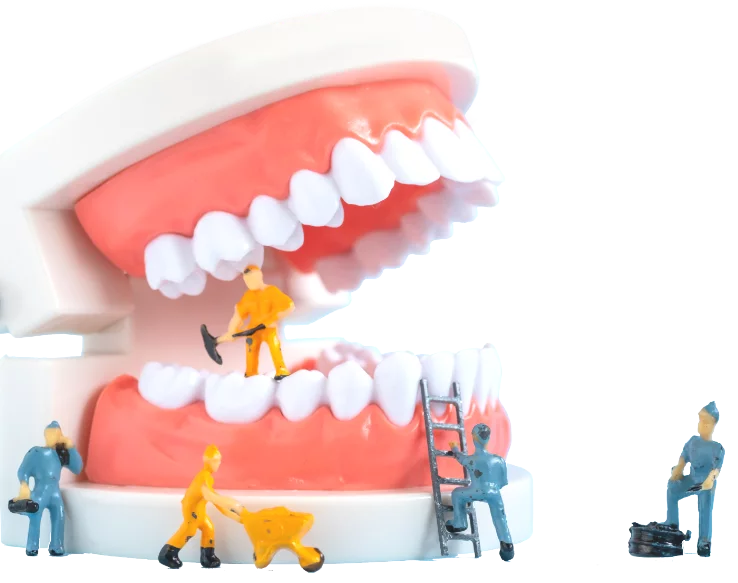A smile speaks volumes to others and has a direct impact on one’s self-esteem – it can project confidence or reservation, exude joy, or be withheld due to insecurity. Disparity in tooth size can be a significant source of concern, not only for the aesthetic effect it can have on your smile but also its impact on your bite and overall oral health. Thanks to significant advances in cosmetic dentistry, there are plenty of ways to fix front teeth that are too big or too small.
Why Do I Have Small Teeth?
Teeth come in various shapes and sizes; microdontia is the term used to describe smaller-than-average teeth. Although genetics are the primary determining factor in tooth size, there are other external conditions that could be the cause of small front teeth, such as teeth grinding, chemotherapy, or certain health conditions and syndromes.
Not all issues with small teeth are the same – some people may have one tooth that is smaller than the rest, or all their teeth may be equally small. In other cases, the depth of the gum line paired with small teeth could cause them to appear even smaller than they actually are.
True Generalized Microdontia
True generalized microdontia is the rarest cause of small teeth, as it is usually the result of very specific syndromes or external causes. This form of microdontia causes teeth to be uniformly small, not just one or two small teeth interspersed with average-sized ones.
Down’s syndrome and dwarfism are two of the primary syndromes that often are present in those who have a full set of small teeth. Another cause of this rare form of microdontia is childhood chemotherapy or radiation before the age of six, which can negatively affect tooth development.
Relative Generalized Microdontia
This type of microdontia is just as the name suggests – it’s relative. Teeth may appear small due to the size of their surroundings, such as protruding or oversized jaw.
If you have one tooth that is smaller than the rest, usually on the upper jawbone, it is referred to as localized microdontia. Certain teeth are more likely to have this condition, such as the maxillary lateral incisors or the third molars (wisdom teeth). Localized microdontia is the most common type of microdontia and can be easily corrected in several different ways thanks to advances in cosmetic dentistry.
It is important to point out that just because something is common doesn’t necessarily mean it’s normal. A full set of atypically small teeth (true generalized microdontia) is quite rare, whereas having one tooth that is smaller than the rest (localized microdontia) is fairly common.
Microdontia is not just a common aesthetic issue – in some cases, it can cause unnecessary wear and tear on the teeth due to an improper bite. Wearing down the surfaces can lead to weakness of the tooth structure and tooth decay. Even if it is common to have one tooth smaller than the rest, it may be time to look at options for correction if it has a significant impact on your self-esteem, bite, or overall oral health.
How Do I Fix Small Teeth?
If microdontia is negatively impacting your self-confidence or the proper function of your teeth and jaw, it may be time to investigate options for small teeth correction. Small teeth can be made bigger through several corrective methods; after a full dental exam, a dentist skilled in cosmetic dentistry will recommend viable options based on your unique situation.
Sometimes referred to as dental bonding, composite teeth bonding involves the application of a composite resin material directly to the surface to increase the size of the tooth. This method does not require much preparation or excessive erosion of the tooth structure, as the composite is applied to the existing tooth and then hardened using a laser or UV light. The color is carefully chosen to match the existing tooth; some composite resins are even specially made to be stain-resistant, so you won’t risk discoloration in the future.
Dental veneers are commonly used in cosmetic dentistry to cover an array of imperfections in teeth. Made of composite resin or porcelain, a veneer can cover the front of the tooth to make it appear larger than it actually is and eliminate gaps and other issues affecting the appearance of your smile. The veneers can be matched to existing teeth so the transition between veneers and natural teeth is smooth and aesthetically appealing.
A porcelain crown is designed from a mold and placed as a cap over the affected tooth. Application of a crown can be more involved than other cosmetic options for small teeth, sometimes requiring multiple trips to the dentist. Once in place, a crown is typically long-lasting and is designed to blend in with the color and shape of the surrounding teeth.
If your teeth appear small due to a low gum line, your dentist can do a procedure called gum reshaping to give your gums a “lift.” Raising and contouring the gumline exposes more of the tooth so teeth do not appear short or smaller than they ideally should be. This is a delicate procedure and must be done by a highly skilled dentist specializing in cosmetic dental procedures.
Why Are My Front Teeth Large?
Do you have one tooth that is significantly larger than the rest? Perhaps it’s wider or extends down longer than the others? Macrodontia refers to a condition where one has
big front teeth that are protruding or larger in size than a typical tooth. It’s typically caused by genetic makeup, certain syndromes, or hormone and glandular imbalances. Similar to microdontia, there are several different types of macrodontia.
If only one tooth grows disproportionately larger than the others, it is referred to as isolated macrodontia. This situation is quite rare and usually affects men more often than women.
True Generalized Macrodontia
True generalized macrodontia is when all the teeth are larger than they should typically be. This is also extremely rare, usually resulting from a condition called pituitary gigantism. When the pituitary gland overproduces a growth hormone, it can lead to enlargement of the teeth, face, hands, and feet.
Relative Generalized Macrodontia
In contrast to relative generalized microdontia, relative generalized macrodontia is when teeth appear bigger because of their size relative to a jaw that is smaller than would be ideal for one’s facial structure. Though the teeth may actually be an average size, the disproportionate sizing compared to the jawbone creates an illusion that the front teeth are larger than they should be.
How Do I Fix Large Front Teeth?
After a thorough exam, a cosmetic dentist will offer solutions that are just right for you when it comes to correcting large front teeth. It’s important to find a dentist who can take into account not only what needs to be done to the affected tooth or teeth but how to correct protruding front teeth or other issues that might accompany macrodontia.
If macrodontia is caused by underlying conditions or syndromes, your dentist will likely refer you to a primary care doctor or specialist to address those issues. If there is no underlying cause for concern, it is not usually necessary to correct macrodontia except for cosmetic reasons unless the enlarged tooth is causing problems with your bite or adding excessive wear to other teeth due to its size.
In certain cases, it’s possible to shave down larger teeth (sometimes called “trimming”). This must be done by a cosmetic dentist who can determine if the result will be a proportionally appropriate tooth compared to surrounding teeth. However, shaving a tooth down can leave the more sensitive layer of dentin exposed, which is usually protected by the enamel.
Depending on the amount of trimming done, it may be necessary to add a composite resin to protect the tooth and reduce sensitivity once it has been reshaped. The composite resin can be matched to the existing tooth to ensure a flawless transition between the natural tooth and the resin.
It is also possible to remove the enlarged tooth and replace it with a false tooth, a dental implant, that matches the shape and color of the surrounding teeth. Your dentist would have to refer you to an oral surgeon for this procedure.
Find a Cosmetic Dentist Near You
Are you lacking in self-confidence because of issues with your teeth? Do you have trouble with your bite because of disproportionate tooth size? It may be time to seek professional help for small or large front teeth correction. After a full evaluation with a highly qualified cosmetic dentist, you’ll be informed of recommended options for your specific situation so you can make a decision together on how to proceed. Changing your smile can change your life – if you're ready and are asking where to find a dentist near me, use the Smile Generation Find a Dentist tool if you’re ready to find a capable and caring cosmetic dentist and take the first step towards a new smile.
Find your trusted, local dentist today!
Smile Generation blog articles are reviewed by a licensed dental professional before publishing. However, we present this information for educational purposes only with the intent to promote readers’ understanding of oral health and oral healthcare treatment options and technology. We do not intend for our blog content to substitute for professional dental care and clinical advice, diagnosis, or treatment planning provided by a licensed dental professional. Smile Generation always recommends seeking the advice of a dentist, physician, or other licensed healthcare professional for a dental or medical condition or treatment.








